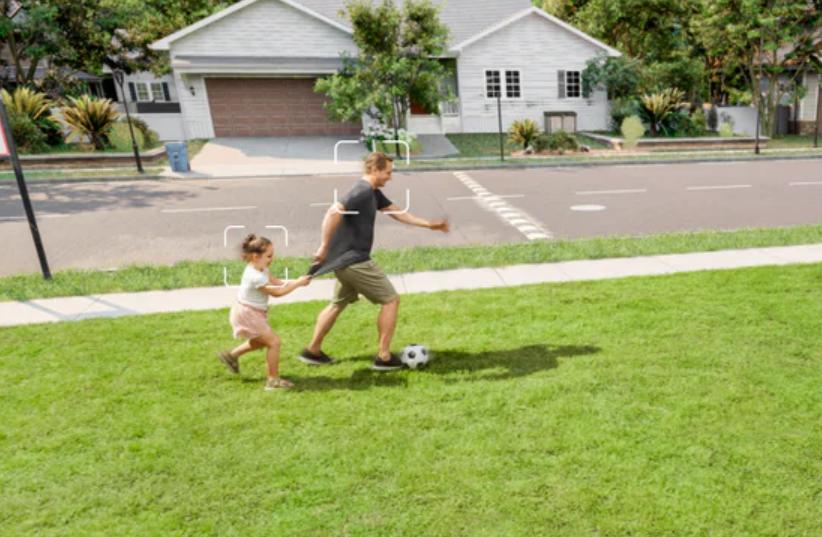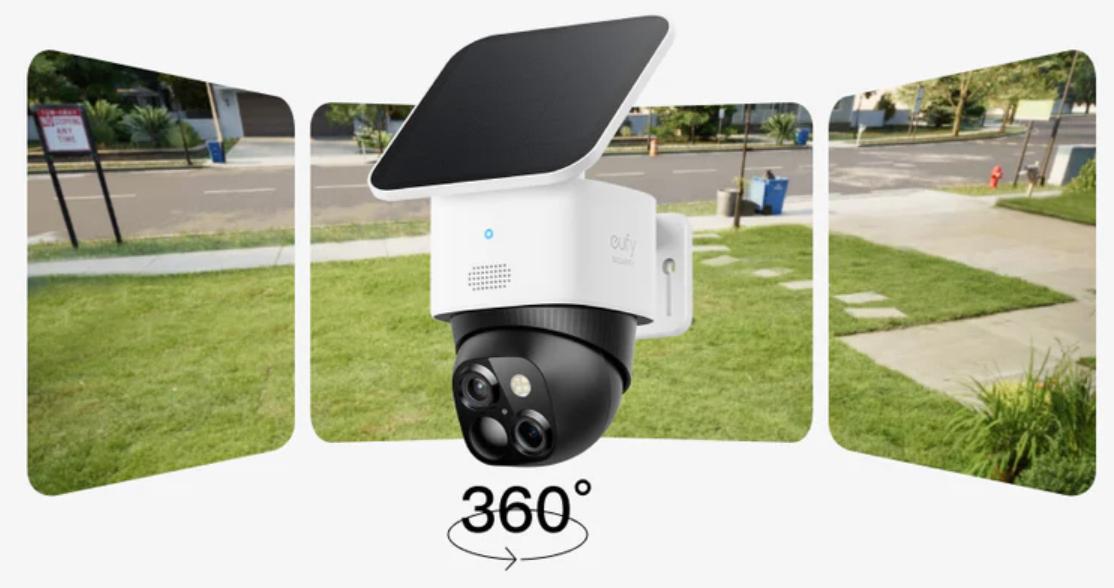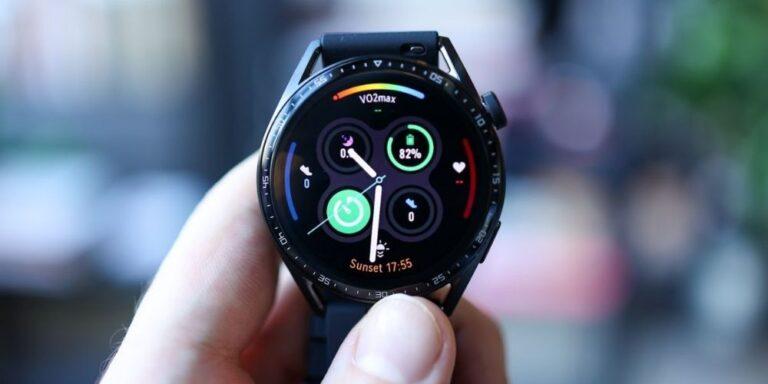How Do Security Cameras Detect Motion Accurately?
Motion detection is the backbone of home surveillance. It decides when a camera wakes up, when it records, and when it sends you an alert. Without accurate motion detection, cameras would flood you with false alarms or, worse, miss important events. Accuracy comes from combining sensors, algorithms, and camera design that distinguish between meaningful activity and background noise. Understanding how this works helps you choose better devices and know what to expect from them in daily life. The best security cameras blend precision with simplicity, so you feel protected without constantly adjusting settings or second-guessing alerts.

The Core Technology Behind Motion Detection
Motion detection involves more than spotting movement. It’s about interpreting it.
Passive Infrared Sensors (PIR)
One of the oldest and most reliable technologies used in security cameras is the passive infrared sensor, also known as PIR. These sensors detect changes in heat patterns within their field of view. When a warm object, such as a person or animal, moves across the scene, the infrared energy shifts, and the camera registers movement. PIR is effective because it doesn’t trigger on non-thermal movements like blowing leaves. However, PIR alone can sometimes be limited in distance or angle. That’s why modern cameras combine PIR with visual detection, giving you both accuracy and context. It ensures that the movement is not only detected but also visually confirmed.
Pixel-Based Detection in Video
Many cameras also use pixel-based detection. This method analyzes changes in pixels between consecutive video frames. If enough pixels change quickly, the system interprets it as motion. This approach is especially useful for detecting non-thermal movement, such as a package being dropped off. The downside is that small, repetitive movements like tree branches swaying in the wind can cause false alarms. To reduce this, pixel-based systems apply thresholds and filters to distinguish genuine events from background noise. Combined with PIR, this method strengthens overall reliability.
Smart Algorithms and AI
The biggest leap forward in motion detection comes from artificial intelligence. Smart algorithms can now tell the difference between a car driving by on the street and someone stepping onto your porch. AI-powered motion detection uses pattern recognition and, in some cases, machine learning to reduce false positives. For example, advanced devices can recognize faces, shapes, or even packages. This not only improves accuracy but also personalizes your alerts. Instead of being notified every time a cat crosses your yard, you get alerted when someone lingers near your door.
Real-World Challenges and Smart Solutions
True accuracy comes when cameras handle daily unpredictability.
Distinguishing People from Background Noise
In practice, accuracy is tested by common scenarios—wind moving bushes, shadows shifting, or pets running across the yard. A good camera must ignore these distractions. Systems that combine dual cameras or AI filtering excel in these cases. The SoloCam S340 Wireless Outdoor Security Camera, for instance, pairs 3K clarity with advanced algorithms to identify people and track motion accurately while filtering out irrelevant activity. The ability to zoom up to 8× ensures you’re not just told something moved—you see exactly what it was. This balance of sharp optics and smart software makes the difference between guesswork and confidence.
Handling Large Spaces and Blind Spots
Wide areas like driveways or backyards pose a different challenge. One fixed lens often can’t provide the clarity needed across the entire space. This is where dual-lens designs or panoramic views step in. Cameras with 360° rotation cover every angle, ensuring no blind spot goes unchecked. Motion detection here must stay precise across a broader field, which requires both hardware strength and software efficiency. A camera that can track motion while offering dual views—overview and zoom—ensures coverage is not only wide but also detailed.

Adapting to Light and Weather Changes
Outdoor environments complicate detection with sunlight shifts, rain, and nighttime conditions. Shadows at dusk or reflections from puddles often confuse basic systems. Cameras designed for accurate motion detection adapt by adjusting sensitivity and combining detection modes. Infrared night vision, when paired with high resolution, keeps clarity consistent around the clock. With smart algorithms, even subtle changes are interpreted correctly, so you’re not flooded with false alarms when the environment changes. Reliable cameras thrive by adapting naturally to real-world shifts without you having to fine-tune them constantly.
Motion Detection As Part of a Smarter System
It’s not just about detecting movement—it’s about what happens next.
Notifications That Matter
Motion detection becomes valuable only when alerts reach you at the right time with the right context. A well-designed camera sends instant push notifications, often with a snapshot or short clip. This helps you quickly decide if the movement is important. Cameras like the SoloCam S340 add clarity by offering high-resolution playback and local storage, so you don’t rely on cloud delays or ongoing subscriptions. This immediacy makes your security system feel like a partner, keeping you informed but not overwhelmed.
Integrating Coverage with Everyday Life
Accurate motion detection fits into daily routines. Instead of manually checking feeds, you rely on the system to act as a guard. Dual-camera designs that offer both wide and detailed views save you time, as you don’t need to piece together footage from multiple devices. Solar-powered operation ensures the system is always active, even in hard-to-reach corners of your property. Motion detection then becomes seamless, protecting the background of your life without requiring constant input.
Building Long-Term Peace of Mind
The best systems go beyond detection—they give you confidence that you won’t miss anything important. This confidence comes from combining technologies: PIR sensors to catch heat, pixel-based analysis to notice changes, and AI to filter for relevance. When paired with high-resolution lenses, zoom capabilities, and local storage, the result is a reliable guardian. Choosing such systems means fewer false alarms, better evidence when needed, and ongoing trust in your home’s protection. Motion detection, when accurate, transforms a simple camera into a dependable shield.
Conclusion
Security cameras detect motion accurately through a blend of sensors, pixel analysis, and AI-driven algorithms. PIR technology tracks heat, pixel-based systems register changes in the image, and smart filtering ensures relevance. Real-world conditions like wind, shadows, and wide spaces challenge accuracy, but dual-lens cameras, 360° coverage, and adaptive software solve these issues effectively. The SoloCam S340 Wireless Outdoor Security Camera illustrates how advanced features like 3K clarity, 8× zoom, solar-powered reliability, and local storage make motion detection both precise and practical. By understanding these steps, you can choose a system that not only sees movement but interprets it correctly, giving you lasting peace of mind.









